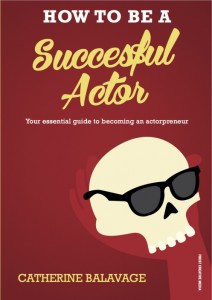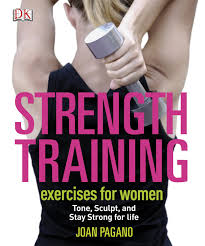Are you considering lifting weights? Maybe you’re worried about looking too bulky, or you’re concerned it won’t fit into your regular training program – whatever your reasons for avoiding weights so far, the truth is, in terms of fitness, you’re missing out.
Lifting weights is beneficial for everyone, regardless of their age or gender. Of course, most of us gravitate towards the cardio machines at the gym, but in terms of overall health and mental wellbeing weight training ticks all the boxes.
Here we’ll explore 5 reasons to start lifting weights in 2021.
You can workout at home
Whether you’re living in a small space, or you’re on a tight budget, not everyone can afford to fill their home with pricey cardio equipment. And not everyone enjoys running in all weathers and in public. Incorporating weightlifting into your daily workout routine means you can have access to gym equipment like quality cast iron kettlebells at home as well as hand weights and dumbbells. All these options allow you to create diverse and challenging weight training programs. Encouraging you to push your limits, focus on your strength and build on your muscle mass. Weight training is convenient and accessible for everyone.
You’ll sleep better
When we push ourselves and take regular exercise, we sleep better. It’s a fact. So, if your exercise routines have taken a bit of a hit since going into lockdown or due to your gym closing, your sleep may not be as refreshing or as deep as you’re used to. Studies have shown that those who focus on weight training sleep much deeper and wake fewer times in the night when compared to those who don’t exercise at all. Sleep is important for the muscle repair process, so the more you get – the better.
Your clothes will fit you better
Whether you’re trying to lose weight or not, when you start lifting weights, you’re stripping back fat and revealing muscle, which means your clothes will fit and look better on you. It sounds perplexing. But building muscle may help you lose fat more effectively than cardio-focused exercise alone. Just remember to watch your diet and you’ll soon notice your progress.
Lift for your mental health
All forms of exercise are known to release endorphins, a chemical that triggers a feeling of contentment and positivity and weightlifting is no exception. Interestingly, weightlifting has also been connected to strengthening mental health and helping people who suffer from anxiety and depression. You don’t have to be an Olympic weight lifter to feel the benefits. Weightlifting means increased confidence and a stronger mental outlook.
Your bones will also benefit
Weightlifting and strength training can help reduce the risk of bone fractures and other skeletal problems by increasing bone density. Studies have shown that strength training also reduces the risk of osteoporosis, and as it’s an effective form of training to reduce fat, there’ll be less weight and pressure on your joints.
Final thoughts…
As you can see, there are plenty of reasons to pick up those dumbbells and kettlebells and start weight training. What are you waiting for?
Collaborative post with out brand partner.






